DNA extraction solutions are essential for isolating DNA from biological samples, but their effectiveness can be enhanced when combined with ionized water nebulizers. These nebulizers atomize the solution into fine mist particles, ensuring an even distribution and more efficient extraction of biological material. This method is especially valuable in forensic, medical, and research applications where precision and reliability are key. In this guide, we will explore the use of DNA extraction solutions with ionized water nebulizers, their benefits, and best practices for optimal results.
What is an Ionized Water Nebulizer?
An ionized water nebulizer is a device that uses ionized water to generate a fine mist, which is then used to atomize and distribute DNA extraction solutions onto swabs, surfaces, or biological evidence. The fine mist produced ensures that the solution is evenly applied, enhancing the extraction process. Ionized water helps maintain the integrity of the biological sample and can aid in breaking down cell walls more effectively.
How Ionized Water Nebulizers Enhance DNA Extraction
-
Fine Mist Application: The nebulizer disperses the DNA extraction solution as a fine mist, ensuring that every part of the swab or surface is evenly moistened. This ensures that the solution effectively interacts with the biological material, leading to a more efficient extraction.
-
Improved Penetration: The ionized mist allows better penetration of biological samples, ensuring that even trace amounts of DNA are captured.
-
Reduced Contamination Risk: By controlling the volume and application of the solution, nebulizers reduce the risk of contamination and over-saturation that may compromise the DNA sample.
-
Better Extraction Efficiency: Ionized water helps break down cells and enhances the solubility of DNA, improving the overall efficiency of the extraction process.
Applications of DNA Extraction Solutions with Nebulizers
-
Forensic Investigations: Ionized water nebulizers are useful in collecting DNA from crime scenes, particularly when working with delicate or hard-to-reach surfaces. The fine mist ensures that even minimal biological traces, like skin cells or blood residues, are effectively collected without damaging the sample.
-
Medical and Clinical Labs: In medical diagnostics, this method is beneficial when extracting DNA from samples like blood or tissue that need to be processed quickly and efficiently.
-
Research: In biological research, the combination of DNA extraction solutions and ionized water nebulizers enhances the extraction of DNA from plant, animal, or microbial samples, ensuring high-quality DNA for sequencing and analysis.
-
Environmental Sampling: In environmental science, nebulizers are used to collect DNA from soil, water, or air samples, facilitating the analysis of microbial life or pollutants.
Key Benefits of Using Nebulizers for DNA Extraction
-
Precise Application: Nebulizers allow for precise application of the DNA extraction solution, ensuring that the exact amount needed is delivered, which improves extraction efficiency.
-
Minimized Sample Loss: The mist reduces the risk of sample loss by uniformly coating surfaces without over-saturating or wasting the solution.
-
Faster Processing: Nebulizers provide a quicker, more efficient way to apply the extraction solution, speeding up the overall sample preparation process.
-
Improved DNA Quality: The even distribution and efficient extraction ensure high-quality DNA that is less likely to degrade during the process.
-
Enhanced Versatility: Ideal for use on a wide range of sample types, including surfaces, fabrics, and hard-to-reach areas, ensuring broad applicability in multiple sectors.
How to Use DNA Extraction Solutions with Ionized Water Nebulizers
-
Prepare the Nebulizer: Ensure the nebulizer is properly calibrated and filled with the DNA extraction solution mixed with ionized water. Follow the manufacturer’s instructions regarding the proper ratio of solution and water.
-
Apply the Solution: Use the nebulizer to apply a fine mist of the solution onto the surface or swab where the DNA needs to be collected. The mist should evenly coat the area without over-saturating it.
-
Allow for Interaction: Allow the misted solution to interact with the biological material for a few seconds to ensure that the DNA is properly extracted.
-
Collect the Evidence: After applying the solution, use sterile swabs, cloths, or collection devices to gather the extracted biological material.
-
Store and Analyze: Store the collected sample in appropriate containers for further analysis or testing.
Best Practices
-
Use Sterile Equipment: Ensure that all equipment, including the nebulizer, swabs, and containers, are sterile to prevent contamination.
-
Adjust for Sample Type: Modify the nebulizer settings to accommodate the size and nature of the sample, ensuring proper application without excess moisture.
-
Follow Manufacturer Guidelines: Always adhere to the manufacturer’s instructions for both the DNA extraction solution and the nebulizer to ensure optimal results.
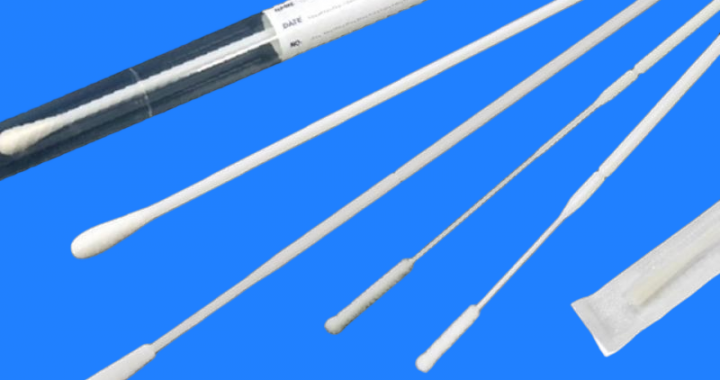
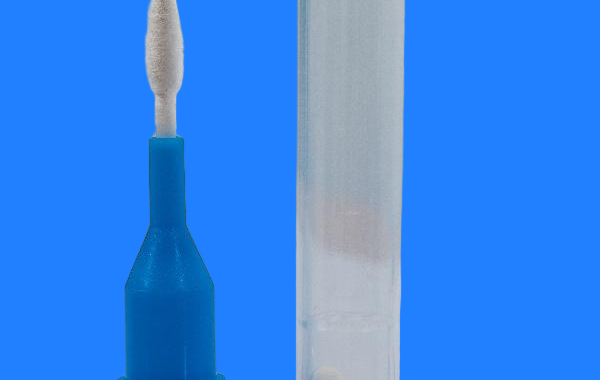
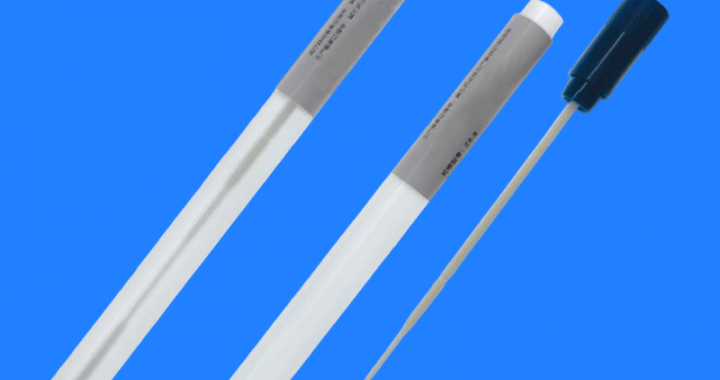



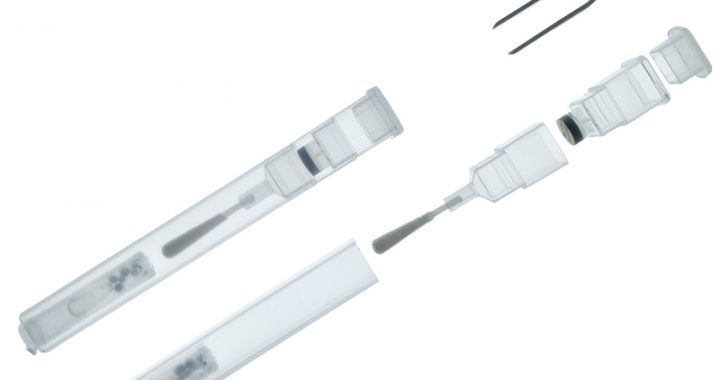
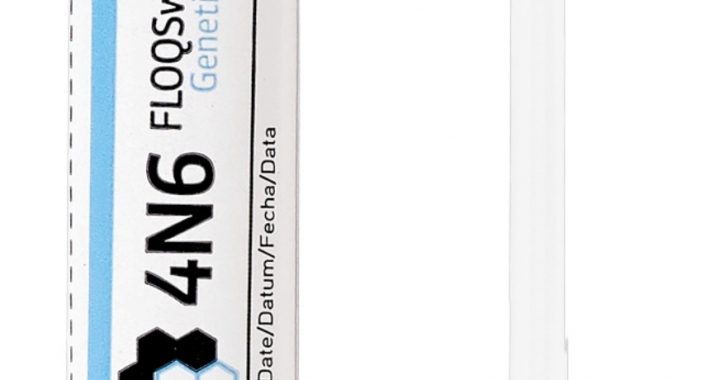
-720x380.jpg)